Photo
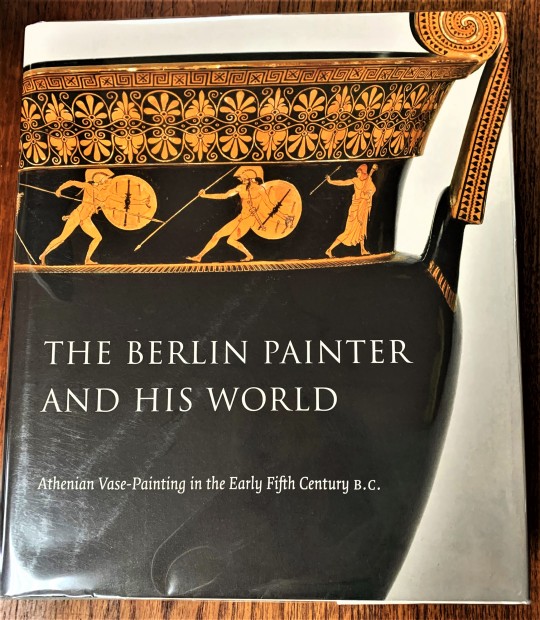

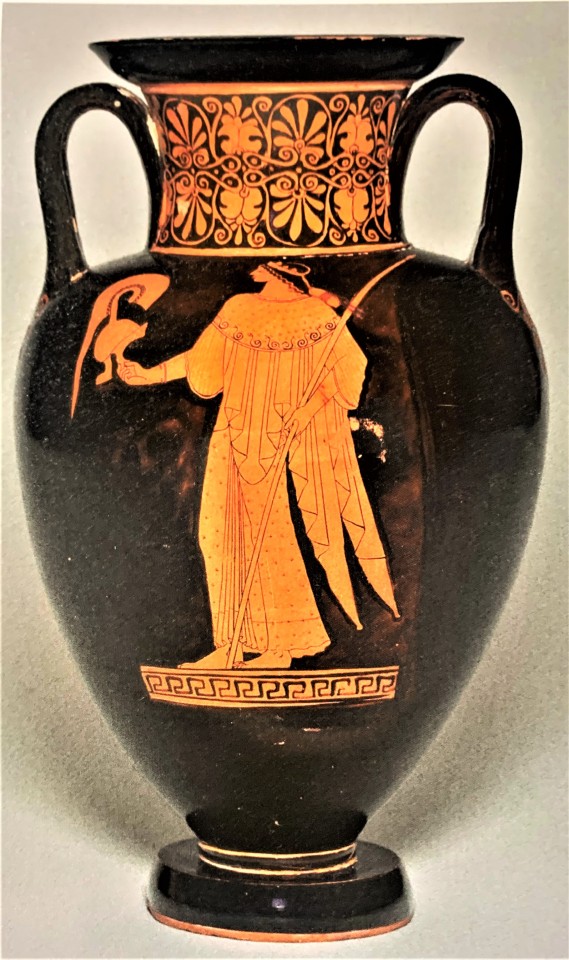
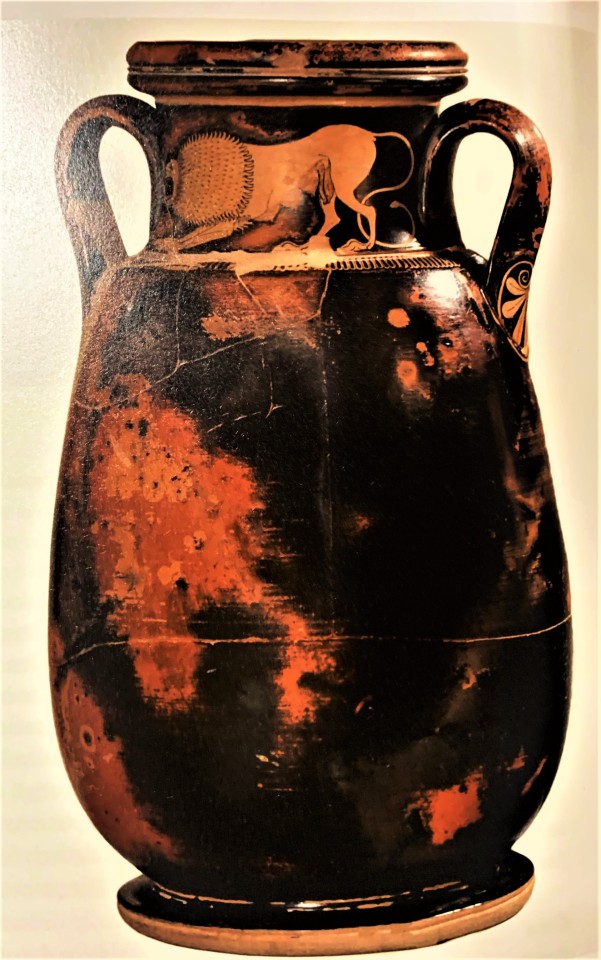

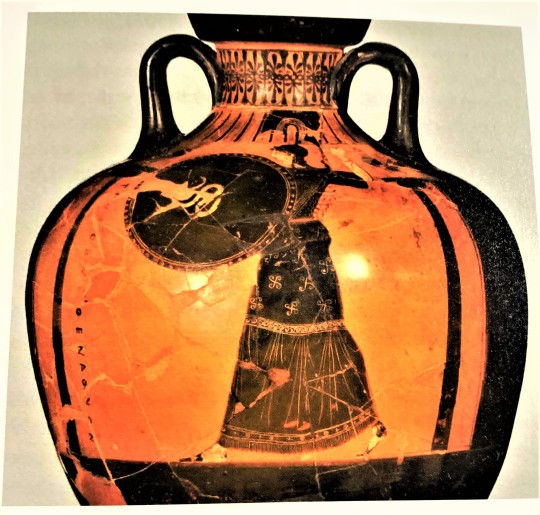
The Berlin Painter
Of all the vase painters of ancient Athens, there is one who continues to captivate all those who witness their works, not only for their splendor and skill, but also for their mystery. The identity of the artist dubbed the Berlin Painter is something we may never know. Although over 200 pieces have been identified as being painted by this individual, none of them hold the name of the artist. This is highly unusual, since by the time of the early 5th century BCE, the period when the Berlin Painter’s vases are dated, both master potters and painters would commonly place their names on their favored works.
The Berlin Painter and His World: Athenian Vase-Painting in the Early Fifth Century B.C. edited by J. Michael Padgett, Curator of Ancient Art at the Princeton University Art Museum, and published by the Museum in 2017 on the occasion of exhibitions of the same name at the Princeton University Art Museum and the Toledo Museum of Art, is the definitive work on this ancient Greek artist, and includes an updated catalogue raisonné, With contributions by several leading scholars, the work seeks to rebuild the ancient city of Athens though the ceramic remains by artists such as the Berlin Painter.
The highly decorated pottery of ancient Athens allows us to see the wide spread of influences this culture had on both the Mediterranean world and Central Europe. While beloved by those in the Hellenic world, others imported the pottery, as luxury items and elaborate symbols of wealth. The Etruscans from the Italian peninsula regularly furnished their tombs with kraters, wine mixing vessels, and the Celts of modern-day France and Germany would regularly feast using the Athenian pottery. Though lacking the fast-traveling methods available today, the broad distance where Athenian pottery can be found demonstrates that the cultures of the Mediterranean and Europe were closely connected.
View more Decorative Sunday posts.
View more of my Classics posts.
View more posts on Ancient Greece.
– LauraJean, Special Collections Classics Intern.
#Decorative Sunday#decorative arts#decorative plates#The Berlin Painter#Athens#ancient Athens#Ancient Greece#classical greece#vases#vase painting#5th century BCE#The Berlin Painter and His World#J. Michael Padgett#Princeton University Art Museum#Greek art#LauraJean
38 notes
·
View notes
Text

Prometheus: Unbound 505 / Oil, acrylic, ink, graphite, & wax pencil on canvas. via Jet Le Parti archive.
#contemporary art#minimal art#modern art#oil painting#art#poems and poetry#oroginalart#prometheus#abstract art#artwork#artists on tumblr#painter#post apocalyptic#art history#berlin#studio#art studio
3K notes
·
View notes
Text
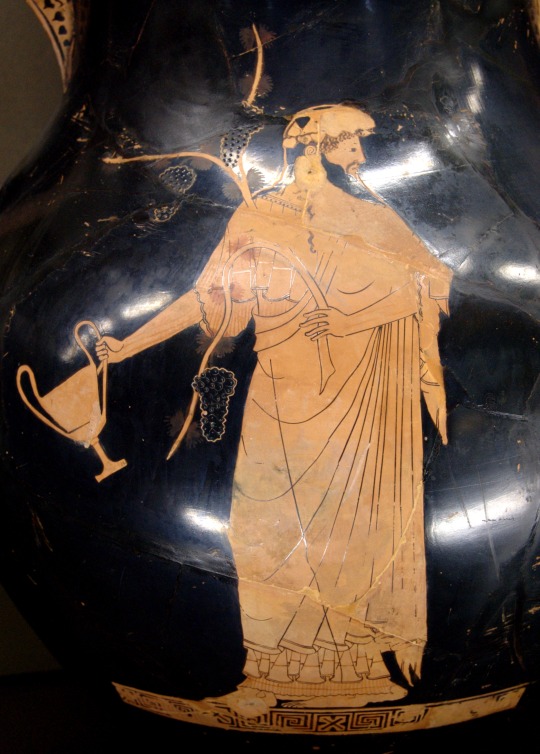
The god Dionysos, holding a kantharos (two-handled drinking cup) in his right hand and a grapevine in his left. Side A of an Attic red-figure amphora attributed to the Berlin Painter and dated between 490 and 480 BCE. Found at Vulci; now in the Louvre.
#classics#tagamemnon#Ancient Greece#Greek religion#Ancient Greek religion#Hellenic polytheism#Dionysus#Dionysos#art#art history#ancient art#Greek art#Ancient Greek art#vase painting#red-figure#amphora#Berlin Painter#Louvre#Louvre Museum#Musee du Louvre
504 notes
·
View notes
Text

Die Toteninsel III (Isle of the Dead [third version])
1883
Arnold Böcklin (Swiss, 1827-1901)
📍Alte Nationalgalerie (Old National Gallery), Berlin.
#dark academia#light academia#classical#academia aesthetic#escapism#academia#books and libraries#classic literature#books#architecture#art#painting#Die Toteninsel III#Isle of the Dead [third version]#artist#painter#Arnold Böcklin#swiss#1880s#1800s#19th century#Alte Nationalgalerie#Old National Gallery#berlin#royal core#cottage core#aesthetic#aesthetics#academic#artistic
99 notes
·
View notes
Text

There are many depictions of the iconic fight about Troja in artworks though history. One of the best in my opinion is a unique vase of the Berlin painter (505 to 460 BC) you can find in the British Museum today. It was painted in the early classical Attic red-figure style (the one we automatically associate with greek vase paintings today). He depicted the epic climax of the Trojan War, the battle between Achilles and Hector. Both heroes are supported by their patrons, Athena and Apollo.
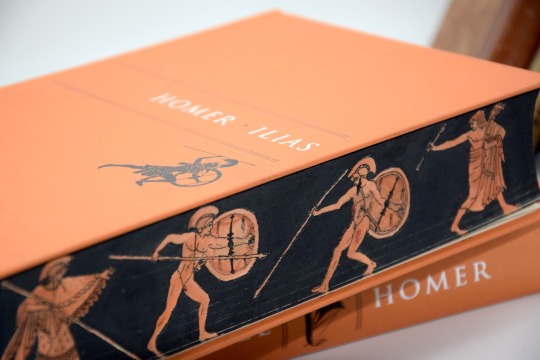
I tried to use every element you can find on this vase and include it in my fore-edge painting. So, this fore-edge painting is my attempt to change my favourite vase into book form.
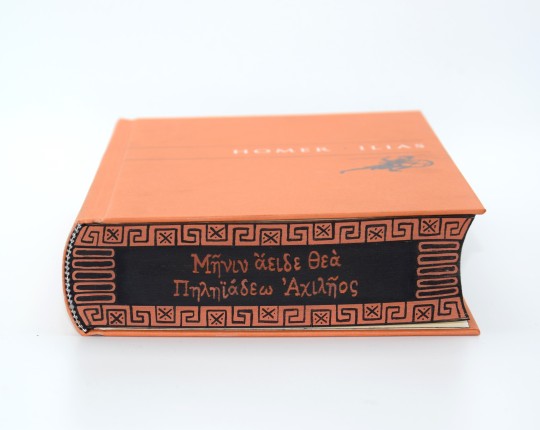
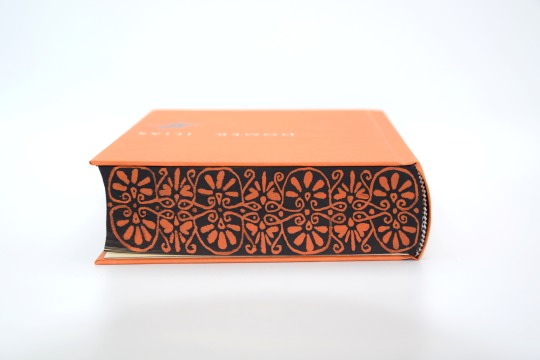

Whenever I read the Iliad (honestly, it's so good!!! You have to give it a try and just open it at any page and read it out loud) I just love the thought, that humans have read the same words as I do for thousands of years.
#book art#homer's iliad#hector of troy#achilles#book edge painting#classic books#my art#trojan war#apollo#athena#the iliad#greek myth art#berlin painter#fore edge painting
132 notes
·
View notes
Text

The Ironworks of Borsig in Berlin (1847) by Karl Eduard Biermann. Märkisches Museum.
#karl eduard biermann#märkisches museum#berlin#19th century art#industrial design#germany#german art#1840s#1847#circa 1840#painting#kunst#europe#art history#kunstwerk#urban landscape#artwork#oil painting#german artist#german painter#deutsche geschichte#architektur#architecture#19th century architecture#northern europe#industrial#industrial revolution#19th century#museums#ironwork
41 notes
·
View notes
Text
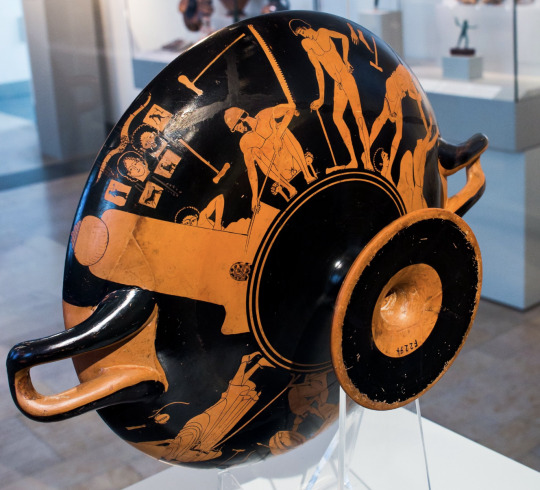
Kylix attr. Foundry Painter c. 490-480 terracotta D 30.5 cm
Berlin, Antikensammlung F2294
This image indicates metalworking (bronze) artisans creating things. Tools are along the walls as well as a shrine to Hephaestus and possibly Athena. Work shrines typically do not survive so this depiction of it in the metalworking shop is quite fascinating!
#greek#greek mythology#classics#aesthetic#goddess#hephaestus#athena#metalworking#craftsmanship#my post#metalwork#textiles#terracotta#bronze#kylix#foundry painter#berlin#museum#pots#ancient#ancient world#ancient greek#ancient history#greece#greek art#greek art and architecture
23 notes
·
View notes
Photo

Red-figure amphora with Nike holding a kithara, attributed to the Berlin Painter
Greek (from Attica), Classical Period, 490-460 B.C.
terracotta
Saint Louis Art Museum
#vase painting#amphora#ancient art#archaeology#Berlin Painter#Greek#Ancient Greece#Attica#Classical Period#Classical Greece#terracotta#ceramic#ceramics#red-figure#kithara#Saint Louis Art Museum#SLAM
129 notes
·
View notes
Text

Ernst Ludwig Kirchner
Street, Berlin
1913
#ernst ludwig kirchner#expressionist artist#expressionist painting#expressionist painter#expressionism#expressionist art#german artist#german painter#german art#modern art#art history#aesthetictumblr#tumblraesthetic#tumblrpic#tumblrpictures#tumblr art#tumblrstyle#artists on tumblr#berlin#germany
15 notes
·
View notes
Photo

Franz Radziwell, Selbstbildnis, 1925. 61 x 48 cm
#franz radziwill#new objectivity#neue sachlichkeit#1920s germany#magic realism#self-portrait#selbstbildnis#interwar realism#post expressionism#franz roh#Babylon Berlin#red tie#artist#painter#1920s painting#portrait
19 notes
·
View notes
Text
Living in another century 🗝️📜



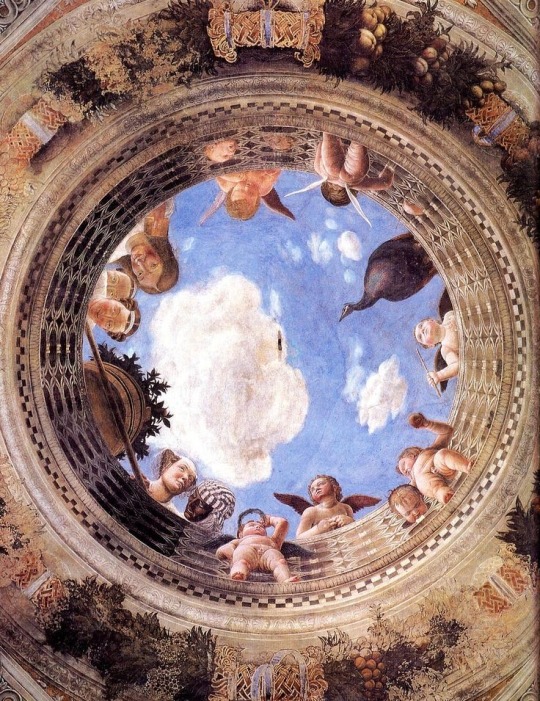
#art history#berlin#contemporary art#oil painting#painter#optimism#happiness#love#positive#confidence#positivity#art#words#motivation#writings#history
6 notes
·
View notes
Photo

Maki Na Kamura - Claim of Colours II, 2021. Oil, egg tempera on canvas. 110 x 170 cm
18 notes
·
View notes
Text

Greta via Dittrich & Schlechtriem
7 notes
·
View notes
Text

Berlin
My new comic painting with my original character
#berlin#comic#comics#pop art#retro#retro comic#retro comics#vintage#80s#oc#original character#original art#painting#canvas#art#artwork#artist#painter#pink#aesthetic#cute#barbie#fernsehturm#depop#etsy#bublinko
4 notes
·
View notes
Photo

Filosofar | 2023 | Oil on Paper. New year, new work! #abstractart #abstractpainting #abstraktekunst #smallartist #seascape #blue #spanish #quote #philosophy #thepaintedword #berlin #oilpainting #painting #painter (at Berlin, Germany) https://www.instagram.com/p/CnCEUXxIpLT/?igshid=NGJjMDIxMWI=
#abstractart#abstractpainting#abstraktekunst#smallartist#seascape#blue#spanish#quote#philosophy#thepaintedword#berlin#oilpainting#painting#painter
2 notes
·
View notes
Text

Alte Häuser in Scheveningen (1897) by Max Liebermann. Museum Georg Schäfer.
#max liebermann#19th century art#museum georg schäfer#georg schäfer#schweinfurt#bayern#bavaria#impressionism#berlin secession#scheveningen#netherlands#the haague#den haag#nederlands#haia#holland#south holland#northern europe#europe#europa#european artist#german art#german artist#german painter#oil painting#painting#artwork#art history#history of art#berlin
9 notes
·
View notes